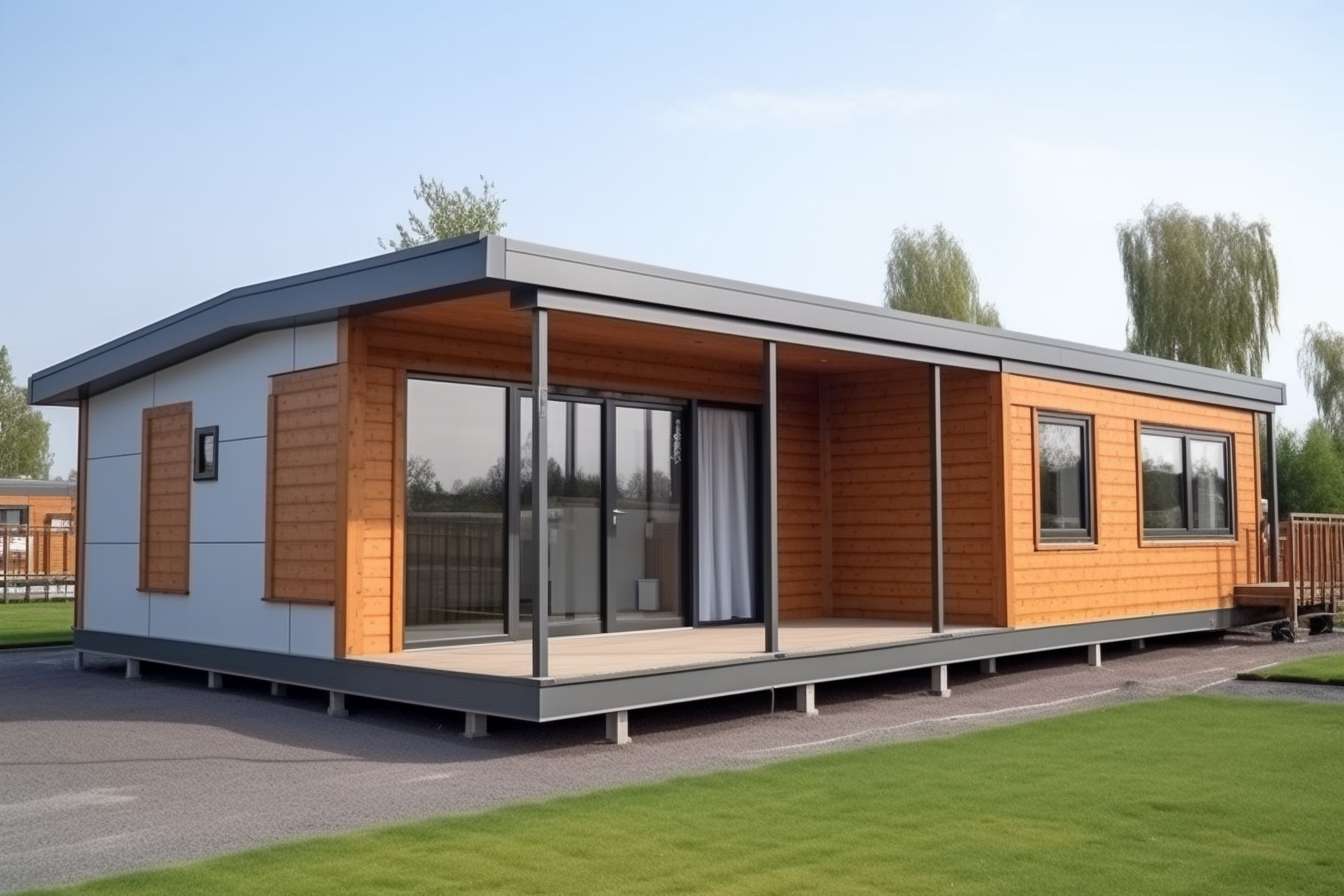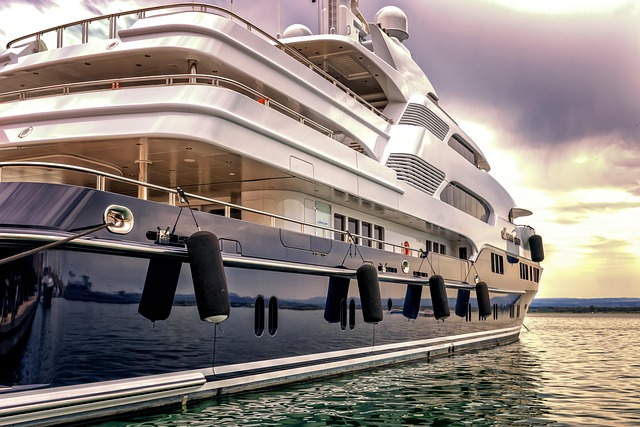What You Need to Know About Prefabricated Homes
Prefabricated homes, also known as prefab homes, have gained popularity as a quick and efficient housing solution. These homes are manufactured off-site in a factory setting and then transported to the final location for assembly. This innovative approach to home construction offers numerous benefits, from reduced build times to potential cost savings. In this article, we'll explore the key aspects of prefabricated homes, their features, and why they might be an excellent option for various homeowners, including seniors.

What exactly are prefabricated homes?
Prefabricated homes are residential structures that are primarily constructed in a factory setting, rather than on-site. The components of the house, such as walls, floors, and roof sections, are built in a controlled environment and then transported to the final location. Once on-site, these components are assembled to create the complete home. This method of construction differs significantly from traditional on-site building, offering unique advantages in terms of efficiency and quality control.
How do prefabricated homes differ from traditional construction?
The main difference between prefabricated homes and traditional construction lies in the building process. Traditional homes are built entirely on-site, from the foundation to the roof. In contrast, prefab homes are mostly constructed off-site, with only the final assembly and finishing touches completed at the home’s location. This difference in approach leads to several key benefits:
-
Shorter construction time: Prefab homes can be built much faster than traditional homes, as the factory production runs parallel to site preparation.
-
Weather-independent construction: Most of the building process occurs indoors, reducing delays due to adverse weather conditions.
-
Consistent quality: Factory settings allow for stricter quality control measures, potentially resulting in higher overall build quality.
-
Reduced waste: Precise factory cutting and assembly can minimize material waste compared to on-site construction.
What are the benefits of choosing a prefabricated home?
Prefabricated homes offer several advantages that make them an attractive option for many homeowners:
-
Speed of construction: Prefab homes can be completed in a fraction of the time required for traditional builds, sometimes in as little as a few weeks.
-
Cost-effectiveness: The efficient production process and reduced on-site labor can lead to cost savings.
-
Eco-friendly: Less waste and more efficient use of materials make prefab homes a more environmentally conscious choice.
-
Customization: Many prefab home manufacturers offer a range of customization options to suit individual preferences.
-
Quality control: Factory construction allows for stringent quality checks throughout the building process.
-
Reduced site disruption: Less on-site construction means minimal impact on the surrounding environment.
What features make prefabricated homes comfortable for living?
Modern prefabricated homes are designed with comfort and livability in mind. Some key features that contribute to comfortable living in prefab homes include:
-
Energy efficiency: Many prefab homes are built with high-quality insulation and energy-efficient systems, leading to lower utility costs and improved comfort.
-
Open floor plans: Prefab designs often incorporate open concept living spaces, creating a sense of spaciousness and flexibility.
-
High-quality materials: Factory construction allows for the use of premium materials that might be challenging to work with on-site.
-
Smart home integration: Many prefab homes come pre-wired for smart home technology, enhancing convenience and efficiency.
-
Sound insulation: Factory-built walls often have better sound insulation properties than traditionally constructed homes.
How suitable are prefabricated homes for seniors?
Prefabricated homes can be an excellent option for seniors due to their customizable nature and potential for accessibility features. Here are some key aspects that make prefab homes suitable for older adults:
-
Single-level living: Many prefab designs offer single-story options, eliminating the need for stairs.
-
Wide doorways and hallways: Prefab homes can be designed with mobility in mind, accommodating wheelchairs or walkers.
-
Accessible bathrooms: Walk-in showers and grab bars can be easily incorporated into the design.
-
Low-maintenance exteriors: Many prefab homes use durable, low-maintenance materials, reducing the need for regular upkeep.
-
Energy efficiency: Lower utility costs can be particularly beneficial for seniors on fixed incomes.
-
Quick construction: Reduced build time means less stress and disruption for older homeowners.
What are the potential drawbacks of prefabricated homes?
While prefabricated homes offer many benefits, it’s important to consider potential drawbacks:
-
Transportation costs: Shipping prefab components to the site can be expensive, especially for remote locations.
-
Limited design flexibility: While customization options exist, there may be limitations compared to fully custom-built homes.
-
Negative perceptions: Some people still associate prefab homes with lower quality, which can affect resale value.
-
Financing challenges: Some lenders may be less familiar with prefab construction, potentially making financing more difficult.
-
Site preparation: Proper site preparation is crucial and can add to the overall cost.
-
Local building codes: Some areas may have restrictions or additional requirements for prefab homes.
In conclusion, prefabricated homes offer a compelling alternative to traditional construction, with benefits ranging from faster build times to potential cost savings and energy efficiency. They can be particularly suitable for seniors looking for accessible, low-maintenance living options. However, as with any major decision, it’s essential to carefully weigh the pros and cons and consider your specific needs and circumstances before choosing a prefabricated home.




